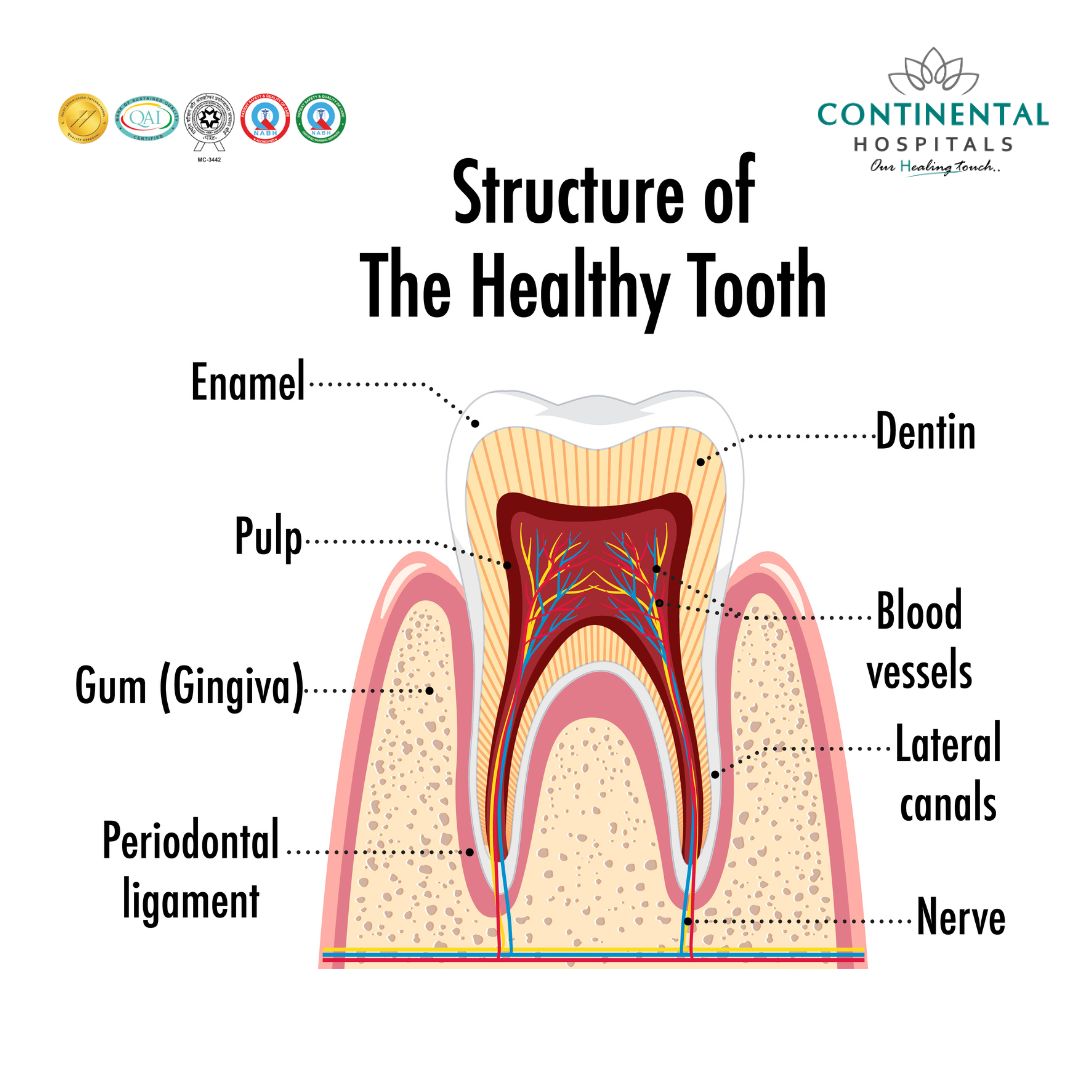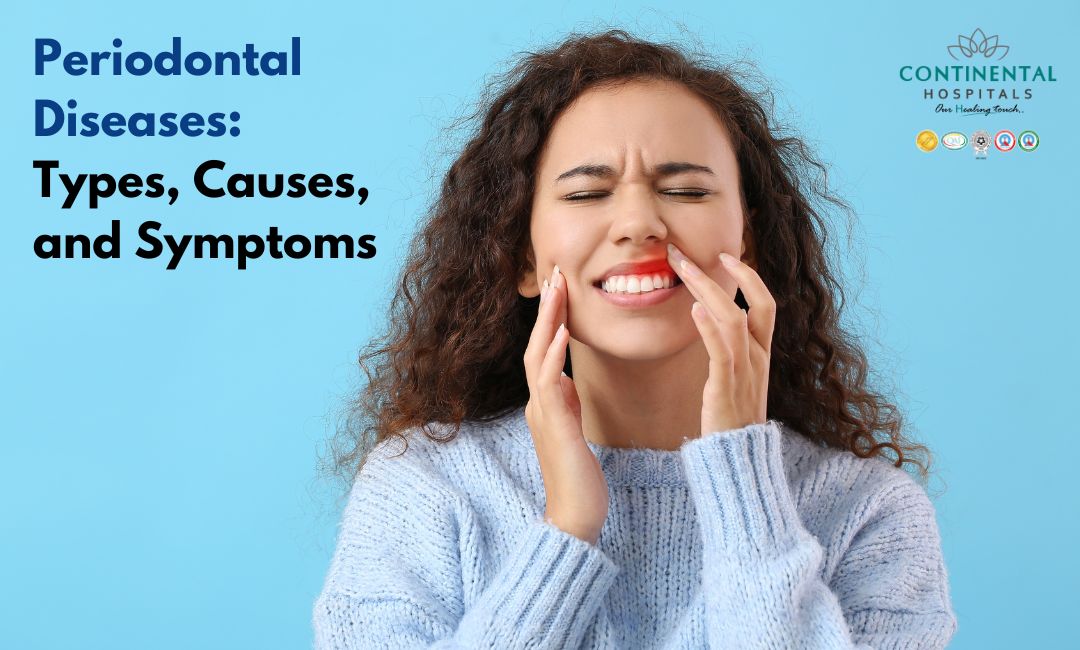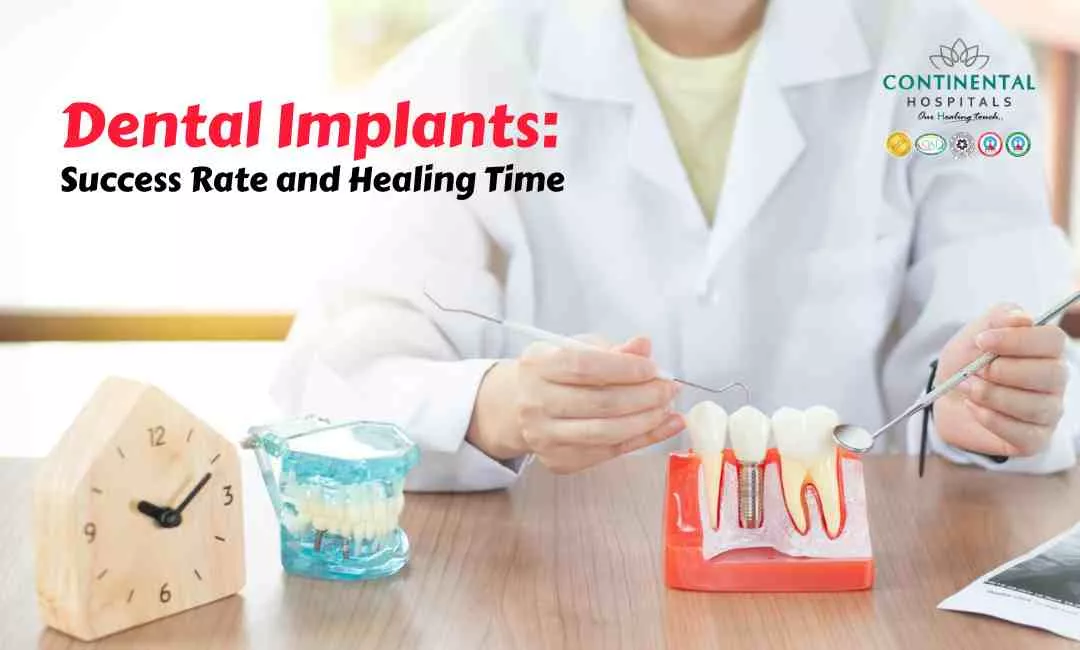Periodontal diseases are infections that affect the structures around your teeth, including the gums, bones, and ligaments. These conditions can lead to severe oral health problems, including tooth loss, if not treated properly. Maintaining healthy gums and teeth is essential, not just for your smile, but for your overall health. Understanding what periodontal diseases are, their causes, types, and symptoms can help you take the necessary steps to protect your dental health.
In this blog, we’ll break down what periodontal diseases are, the types of conditions, what causes them, and how you can identify the symptoms.
What are Periodontal Diseases?
Periodontal diseases, often referred to as gum diseases, are infections that affect the tissues and structures surrounding your teeth. They start when plaque—a sticky, colorless film of bacteria—forms on your teeth and gums. If plaque is not removed by regular brushing and flossing, it hardens into tartar, which can only be removed by a dentist or hygienist. Over time, the buildup of plaque and tartar can lead to infections, causing inflammation and damage to the gums, bones, and ligaments that support your teeth.
The two most common forms of periodontal disease are gingivitis and periodontitis. Gingivitis is the early stage of gum disease, while periodontitis is a more severe form that affects deeper layers of the gums and bone.
🥗 Healthy Plate Challenge
🍽 Add Your Favorite Dish
Pick Your 6 favorite foods, eat, and see the results.Drag & drop foods onto your plate.
Drop Food Here
Types of Periodontal Diseases
There are several types of periodontal diseases, ranging from mild gingivitis to severe periodontitis. Below, we’ll discuss the most common types:
Gingivitis:
Gingivitis is the mildest form of periodontal disease and is caused by a buildup of plaque at the gum line. It leads to inflammation, redness, and irritation of the gums. Gingivitis is reversible with good oral hygiene, including regular brushing and flossing.
Symptoms of Gingivitis:
- Red, swollen gums
- Bleeding gums when brushing or flossing
- Bad breath
Chronic Periodontitis:
This is the most common form of periodontitis and typically occurs in adults. It involves the slow progression of gum inflammation, leading to gum recession, loss of attachment to teeth, and damage to the bone. Chronic periodontitis often occurs due to poor oral hygiene, smoking, or genetic factors.
Symptoms of Chronic Periodontitis:
- Gum recession
- Tooth mobility
- Deep pockets between the teeth and gums
- Persistent bad breath or taste
- Swollen or bleeding gums
Aggressive Periodontitis:
Aggressive periodontitis is a more severe and fast-progressing form of gum disease, often seen in younger individuals. It can lead to rapid loss of the bone that supports the teeth, causing teeth to loosen or fall out. Poor oral hygiene and genetics play a significant role in aggressive periodontitis.
Symptoms of Aggressive Periodontitis:
- Severe gum infection
- Rapid loss of teeth
- Excessive tooth mobility
- Gums that are extremely red and swollen
Necrotizing Periodontal Disease:
This is a severe form of gum disease that typically affects individuals with compromised immune systems, such as those with HIV/AIDS or malnutrition. Necrotizing periodontal disease can lead to the destruction of gum tissue, ligaments, and bone, resulting in pain, bleeding, and ulceration.
Symptoms of Necrotizing Periodontal Disease:
- Severe gum pain
- Tissue death in the gums
- Rapid progression of infection
- Fever or general illness

Causes of Periodontal Diseases
The primary cause of periodontal disease is the buildup of plaque and tartar on the teeth. However, other factors can contribute to the development and progression of these diseases. Here are some of the most common causes and risk factors for periodontal diseases:
Poor Oral Hygiene:
Not brushing and flossing regularly allows plaque to build up on your teeth and gums, which can lead to gum disease. Skipping routine dental cleanings also contributes to the buildup of plaque and tartar.
Smoking or Chewing Tobacco:
Tobacco use is one of the most significant risk factors for periodontal disease. It weakens your immune system and reduces blood flow to the gums, making it harder for your body to fight off infections.
Genetics:
Some people are genetically predisposed to develop periodontal disease, even if they maintain good oral hygiene. If you have a family history of gum disease, you may be at higher risk.
Hormonal Changes:
Changes in hormones, such as during pregnancy, menstruation, or menopause, can make your gums more sensitive, increasing the likelihood of gum disease.
Medications:
Certain medications can reduce saliva flow or cause gum tissue to enlarge, making it easier for plaque to accumulate and harder for you to maintain good oral hygiene.
Other Health Conditions:
Conditions like diabetes, heart disease, and respiratory disease are linked to periodontal disease. Diabetes, in particular, can make it harder for your body to fight infections, including those in your gums.
Poor Nutrition:
A diet lacking in essential nutrients, particularly vitamin C, can increase the risk of periodontal disease. Good nutrition is essential for maintaining healthy gums.
Symptoms of Periodontal Diseases
It’s important to be aware of the signs and symptoms of periodontal diseases so you can seek treatment early. Symptoms may vary depending on the severity of the condition but typically include:
- Red, swollen, or bleeding gums
- Persistent bad breath
- Tooth sensitivity or pain
- Receding gums
- Loose teeth or shifting of teeth
- Deep pockets between the teeth and gums
- Changes in your bite or the way your teeth fit together
If you notice any of these symptoms, it’s important to schedule an appointment with our best dentist.
Treatment and Prevention of Periodontal Disease
The treatment for periodontal disease depends on its severity. For gingivitis, improving oral hygiene and professional dental cleanings are usually enough to reverse the condition. For periodontitis, more advanced treatments may be required, including:
- Scaling and root planing: This deep cleaning procedure removes plaque and tartar from below the gum line and smooths the roots to help the gums reattach to the teeth.
- Medications: Antibiotics or antimicrobial agents may be prescribed to help control infection.
- Surgical treatments: In severe cases, surgery may be necessary to restore damaged tissues, remove infected tissue, or even replace lost bone.
Preventing periodontal disease is relatively simple. It requires practising good oral hygiene, including brushing your teeth at least twice a day, flossing daily, and visiting your dentist regularly for cleanings and check-ups.
Conclusion
Periodontal disease is a serious condition that can lead to tooth loss and affect overall health. The good news is that it’s preventable and manageable with proper oral hygiene and early intervention.
If you’re experiencing symptoms such as bleeding gums, persistent bad breath, or tooth sensitivity, it’s time to visit our best dentist.
.webp)














